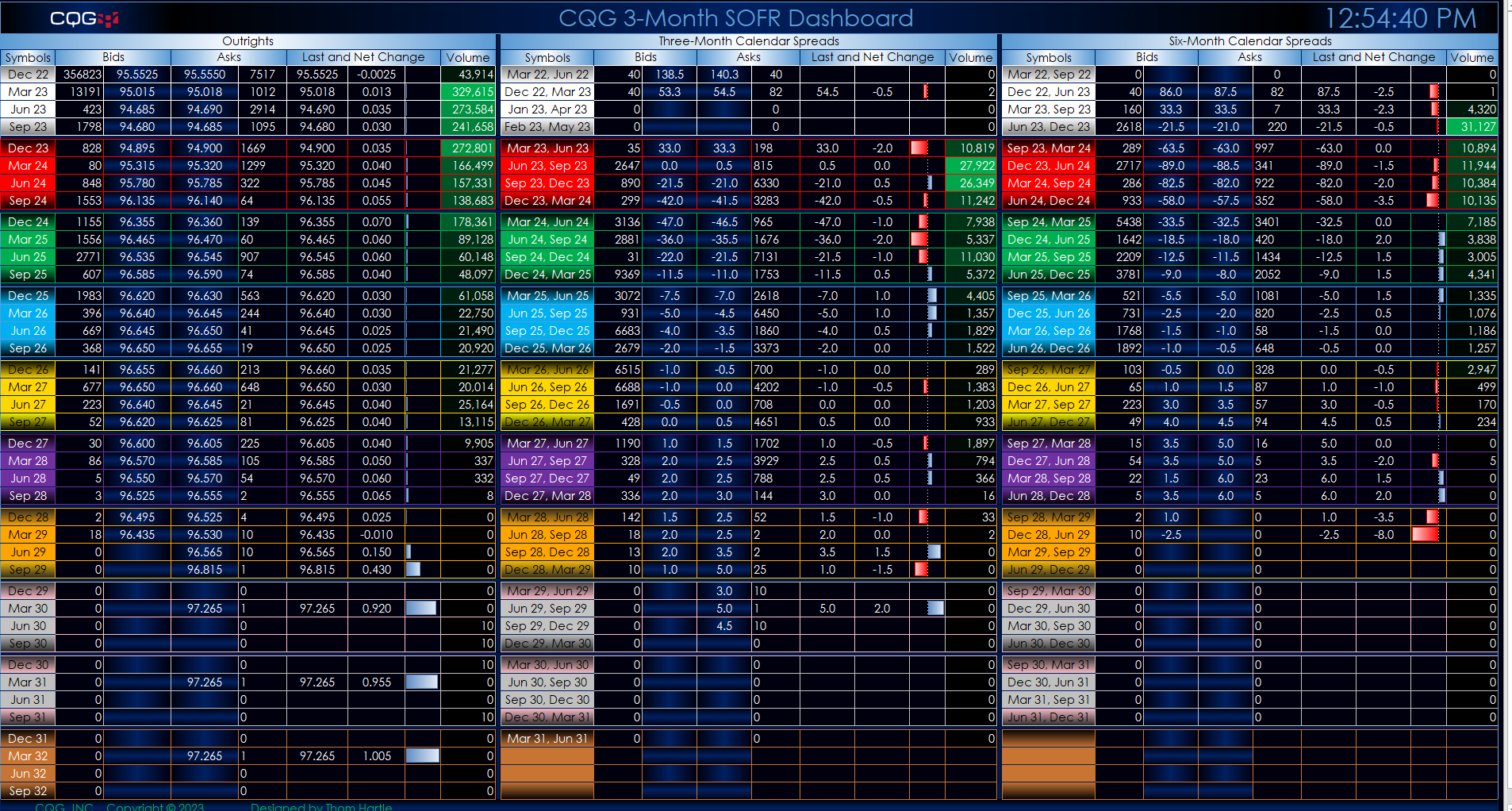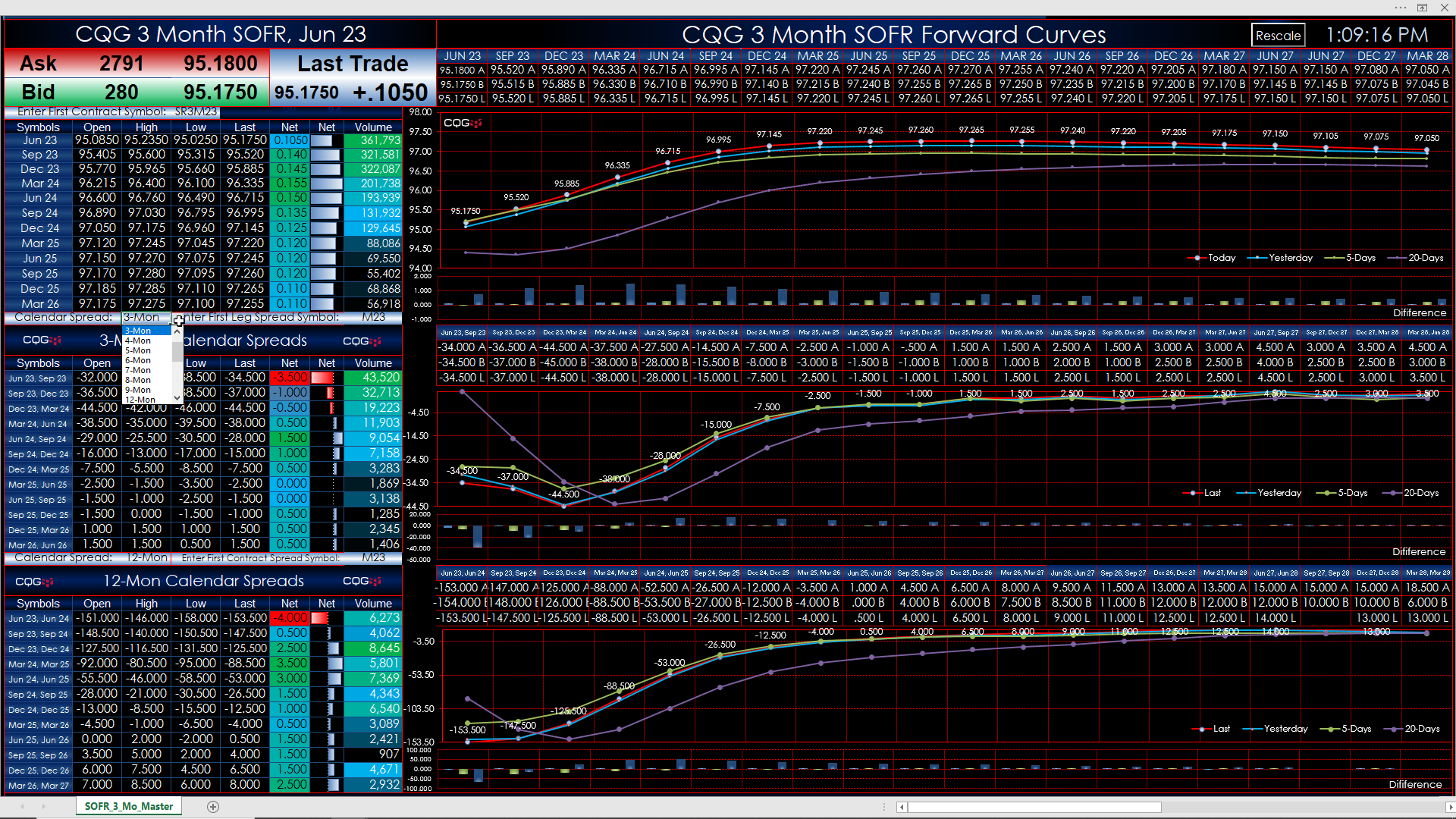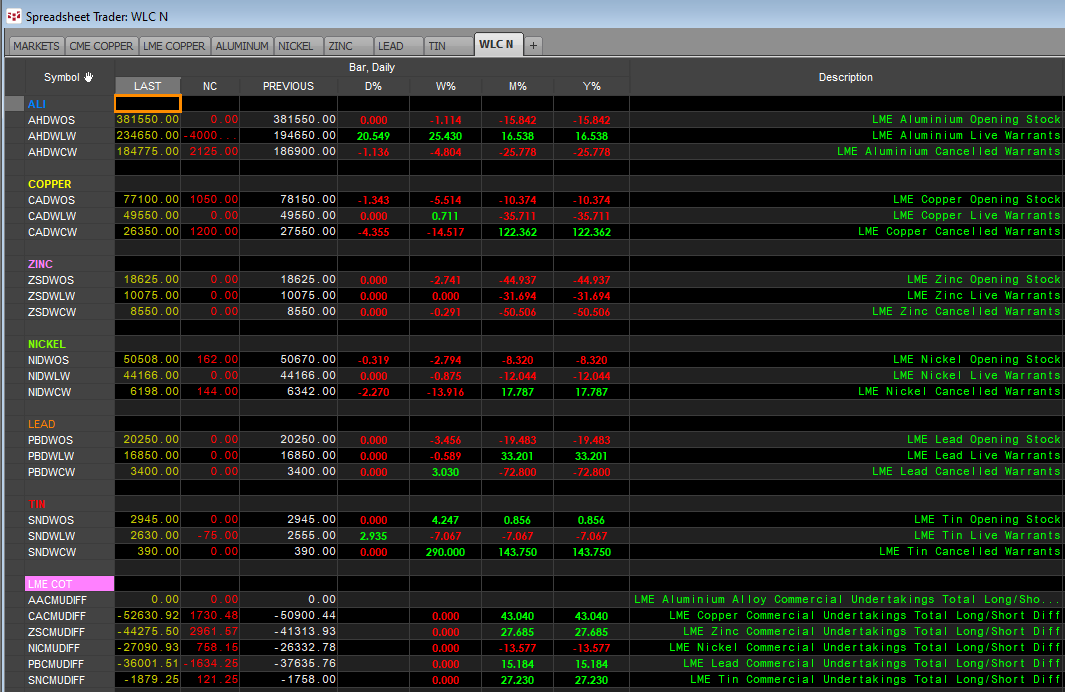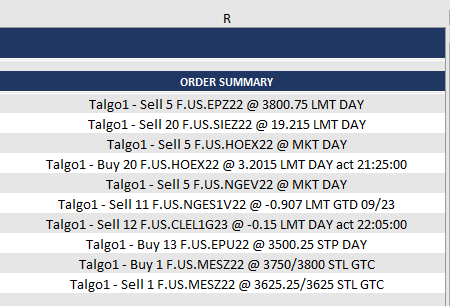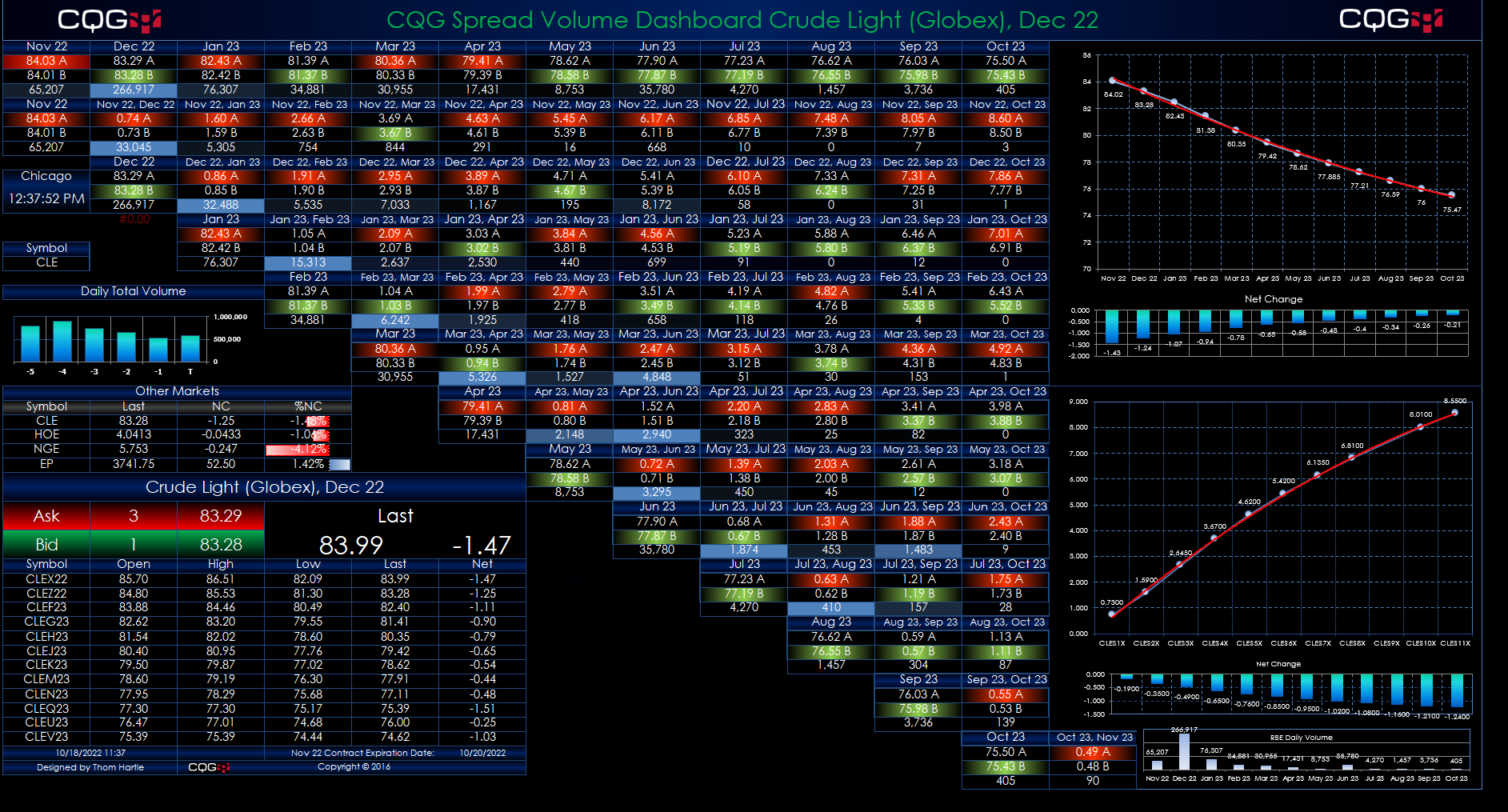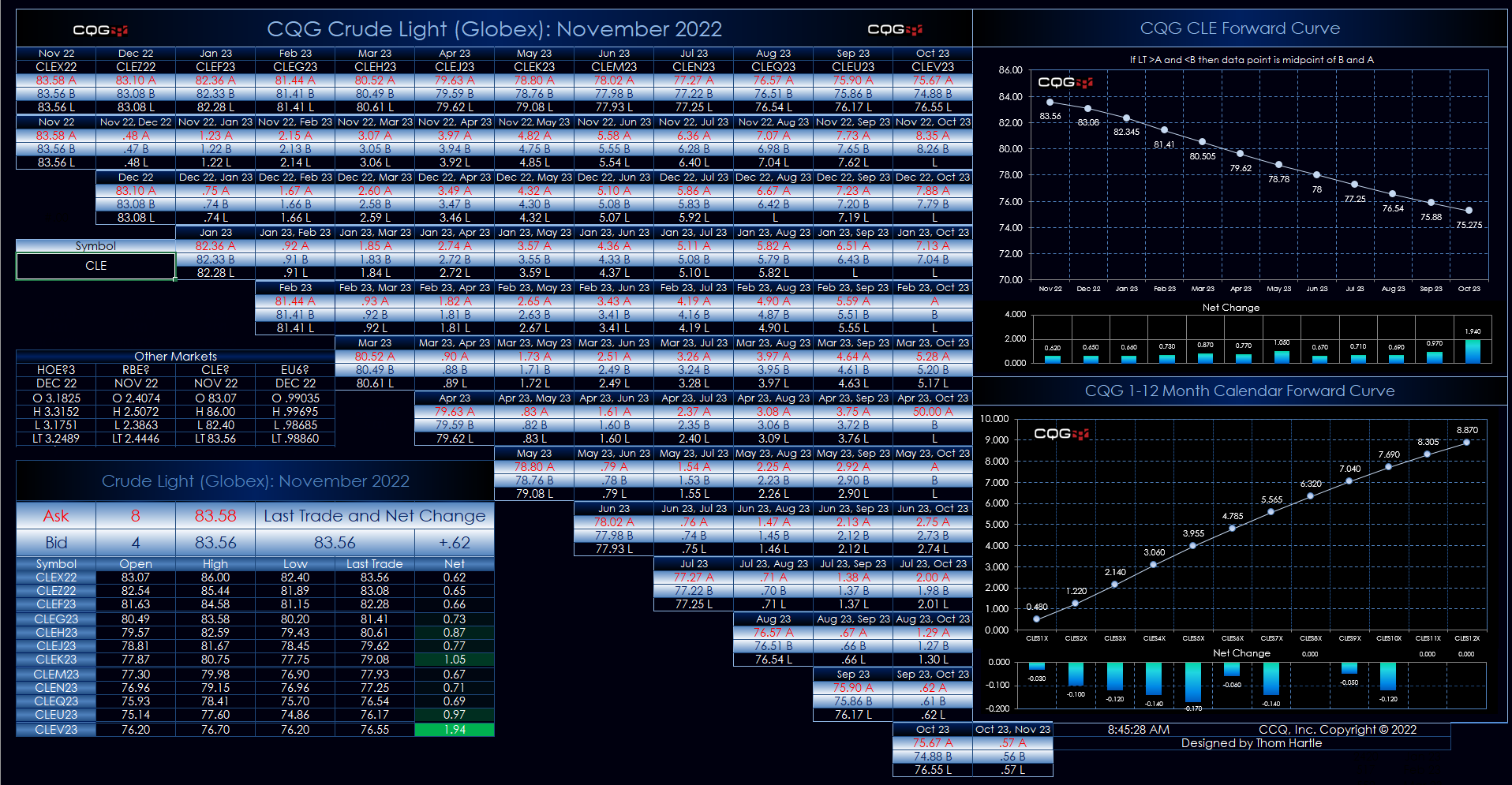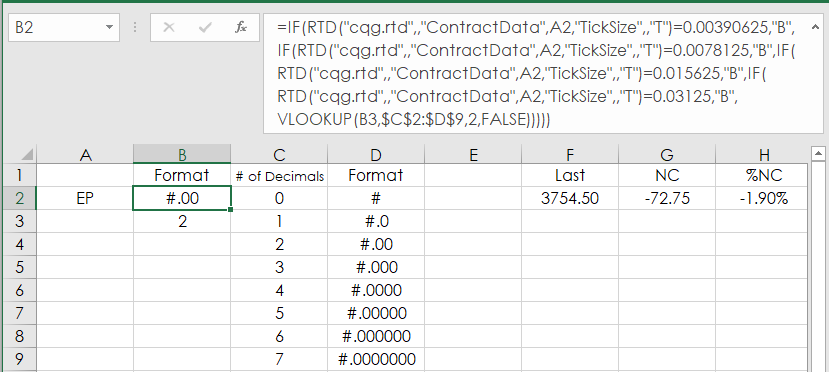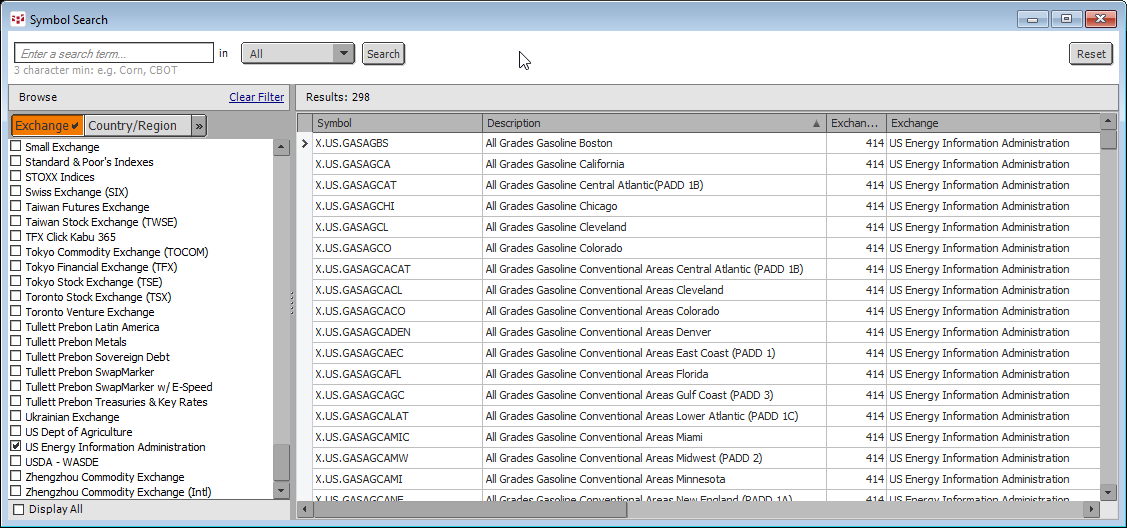This Microsoft Excel® spreadsheet presents 3-Month SOFR market data. The data includes nearly ten years of quarterly contracts for outrights and exchange-traded three-month and six-month calendar… more
Workspaces
This Microsoft Excel® dashboard pulls in the 3-month SOFR market data traded on the CME Globex platform.
The Dashboard was updated to enable the user to enter in the symbol for the first… more
The London Metal Exchange (LME) was founded in 1877. The LME is the world center for the trading of industrial metals. The majority of all non-ferrous metal futures business is transacted on the… more
Microsoft® Excel has a Text function which is useful for combining text with market data. For example, you may want to have your Excel dashboard display in the same cell the percent net change… more
The Microsoft® Excel 3-D chart is different from the Excel Scatter Plot chart. The Scatter chart uses a fixed size for the chart data points. The 3-D chart accesses an additional column to set the… more
Here, we introduce placing Batch Orders using the CQG XL Toolkit. At the bottom of the post is a downloadable Excel sample. For more details there are two links to the CQG IC/QTrader Help files… more
This Microsoft Excel® dashboard displays exchange traded spread market data for a user input symbol. The Excel dashboard uses the CQG RTD Toolkit Add-in, which is installed with CQG IC or CQG… more
This Microsoft Excel® spreadsheet uses the CQG XL Toolkit to pull in market data based on the symbol entered by the user. The XL Toolkit requires the customer’s FCM enable it. The data is pulled… more
When using RTD functions in Excel to pull in market prices you have to manually format the prices. Excel does not know that the E-mini S&P 500 price has two decimals places (i.e. 3909.25) and… more
The CQG Data Quality team has added the US Weekly Retail Gasoline and Diesel Prices including the PADD1 to PADD 5 numbers published by the US Energy Information Administration (EIA). There are a… more
